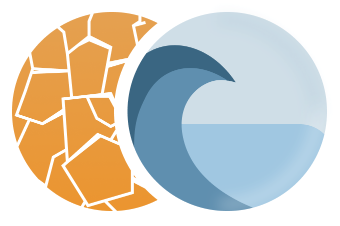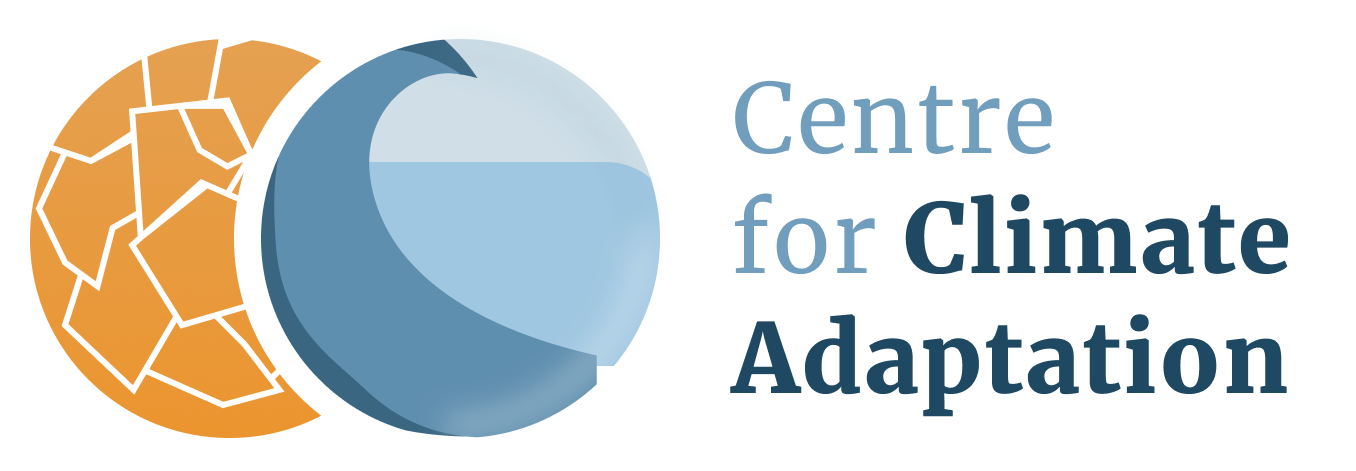Finland
Health
Vulnerabilities
Heat stress
High temperatures will increase heat-related mortality and morbidity in the summer. There is a clear increase in mortality in Finland when the daily average temperature remains at about +20°C or more for 1–2 weeks. On the other hand, with milder winters the risks of additional mortality from cardiovascular and pulmonary diseases as a result of an extremely cold spell are likely to decrease (7).
Cold stress
The potential increase in mean temperature will not cause any direct health hazards as such. In countries like Finland, mortality will probably decrease as the mean temperature increases. The reason for this is that the mortality minimum in Finland is reached at approximately 14 degrees Celsius, excess mortality is significantly higher in extremely cold temperatures than during periods of intense heat, and extremely cold temperatures are estimated to become less common (1).
Most European countries have between 5 and 30 % higher death rates in winter than in summer. Winter‑related mortality in many European populations has declined since the 1950s (3). Cold days, cold nights and frost days have become rarer, but explain only a small part of this reduction: improved home heating, better general health and improved prevention and treatment of winter infections have played a more significant role (4).
Mosquito-borne diseases
It is very improbable that climate change would result in the distribution of the malaria parasite extending to Finland or the entire Western Europe (1).
Tick-borne diseases
There is some evidence of e.g. northward migration of the diseases caused by Ixodes ricinus, a tick that used to be common only in the south-western archipelago in Finland. In 2003, 753 cases of Lyme disease and 16 cases of encephalitis caused by this species were reported (2).
Sand-fly-borne diseases
Leishmaniasis is a protozoan parasitic infection caused by Leishmania infantum that is transmitted to human beings through the bite of an infected female sandfly. Sandfly distribution in Europe is south of latitude 45⁰N and less than 800 m above sea level, although it has recently expanded as high as 49⁰N. Currently, sandfly vectors have a substantially wider range than that of L infantum, and imported cases of infected dogs are common in central and northern Europe. Once conditions make transmission suitable in northern latitudes, these imported cases could act as plentiful source of infections, permitting the development of new endemic foci. Conversely, if climatic conditions become too hot and dry for vector survival, the disease may disappear in southern latitudes. Thus, complex climatic and environmental changes (such as land use) will continue to shift the dispersal of leishmaniasis in Europe (5).
Floods
Floods are the most common natural disaster in Europe. The adverse human health consequences of flooding are complex and far-reaching: these include drowning, injuries, and an increased incidence of common mental disorders. Anxiety and depression may last for months and possibly even years after the flood event and so the true health burden is rarely appreciated (6). Floods may also induce large-scale health risks through contamination of the water supply (7).
Effects of floods on communicable diseases appear relatively infrequent in Europe. The vulnerability of a person or group is defined in terms of their capacity to anticipate, cope with, resist and recover from the impact of a natural hazard. Determining vulnerability is a major challenge. Vulnerable groups within communities to the health impacts of flooding are the elderly, disabled, children, women, ethnic minorities, and those on low incomes (6).
Air and water quality
A warmer climate and longer growing season may favour the pollen production of certain plants and the occurrence of cyanobacteria in waters, which may cause allergic reactions. If forest fires become more common, airborne particulates may have an adverse health impact (7).
Adaptation strategies - Finland
The Finnish Meteorological Institute has plans for warning systems for heat and cold. Criteria for the heavy rainfall warning system take account of the risk of water-borne epidemics. The Ministry of Agriculture and Forestry, the Finnish Environment Institute (SYKE) and Regional Environment Centres issue weekly reports on algal blooms in summer (7).
Adaptation strategies - General - Heatwaves
The outcomes from the two European heat waves of 2003 and 2006 have been summarized by the IPCC (8) and are summarized below. They include public health approaches to reducing exposure, assessing heat mortality, communication and education, and adapting the urban infrastructure.
1. Public health approaches to reducing exposure
A common public health approach to reducing exposure is the Heat Warning System (HWS) or Heat Action Response System. The four components of the latter include an alert protocol, community response plan, communication plan, and evaluation plan (9). The HWS is represented by the multiple dimensions of the EuroHeat plan, such as a lead agency to coordinate the alert, an alert system, an information outreach plan, long-term infrastructural planning, and preparedness actions for the health care system (10).
The European Network of Meteorological Services has created Meteoalarm as a way to coordinate warnings and to differentiate them across regions (11). There are a range of approaches used to trigger alerts and a range of response measures implemented once an alert has been triggered. In some cases, departments of emergency management lead the endeavor, while in others public health-related agencies are most responsible (12).
2. Assessing heat mortality
Assessing excess mortality is the most widely used means of assessing the health impact of heat-related extreme events.
3. Communication and education
One particularly difficult aspect of heat preparedness is communicating risk. In many locations populations are unaware of their risk and heat wave warning systems go largely unheeded (13). Some evidence has even shown that top-down educational messages do not result in appropriate resultant actions (14).
More generally, research shows that communication about heat preparedness centered on engaging with communities results in increased awareness compared with top-down messages (15).
4. Adapting the urban infrastructure
Several types of infrastructural measures can be taken to prevent negative outcomes of heat-related extreme events. Models suggest that significant reductions in heat-related illness would result from land use modifications that increase albedo, proportion of vegetative cover, thermal conductivity, and emissivity in urban areas (16). Reducing energy consumption in buildings can improve resilience, since localized systems are less dependent on vulnerable energy infrastructure. In addition, by better insulating residential dwellings, people would suffer less effect from heat hazards. Financial incentives have been tested in some countries as a means to increase energy efficiency by supporting those who are insulating their homes. Urban greening can also reduce temperatures, protecting local populations and reducing energy demands (17).
References
The references below are cited in full in a separate map 'References'. Please click here if you are looking for the full references for Finland.
- Marttila et al. (2005)
- Ministry of the Environment of Finland (2006)
- Kunst et al. (1991); Lerchl (1998); Carson et al. (2006), in: EEA, JRC and WHO (2008)
- Carson et al. (2006), in: EEA, JRC and WHO (2008)
- Semenza and Menne (2009)
- Hajat et al. (2003)
- Ministry of the Environment and Statistics Finland (2009)
- IPCC (2012)
- Health Canada (2010), in: IPCC (2012)
- WHO (2007), in: IPCC (2012)
- Bartzokas et al. (2010), in: IPCC (2012)
- McCormick (2010b), in: IPCC (2012)
- Luber and McGeehin (2008), in: IPCC (2012)
- Semenza et al. (2008)), in: IPCC (2012)
- Smoyer-Tomic and Rainham (2001), in: IPCC (2012)
- Yip et al. (2008); Silva et al. (2010), both in: IPCC (2012)
- Akbari et al. (2001), in: IPCC (2012)




